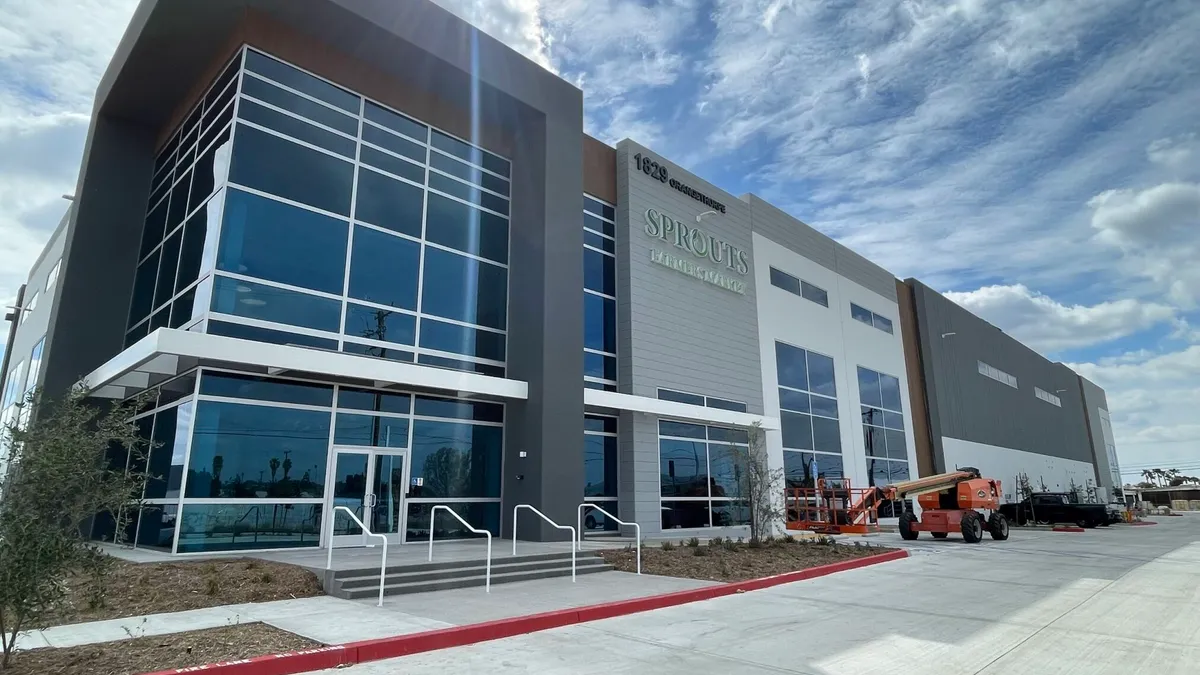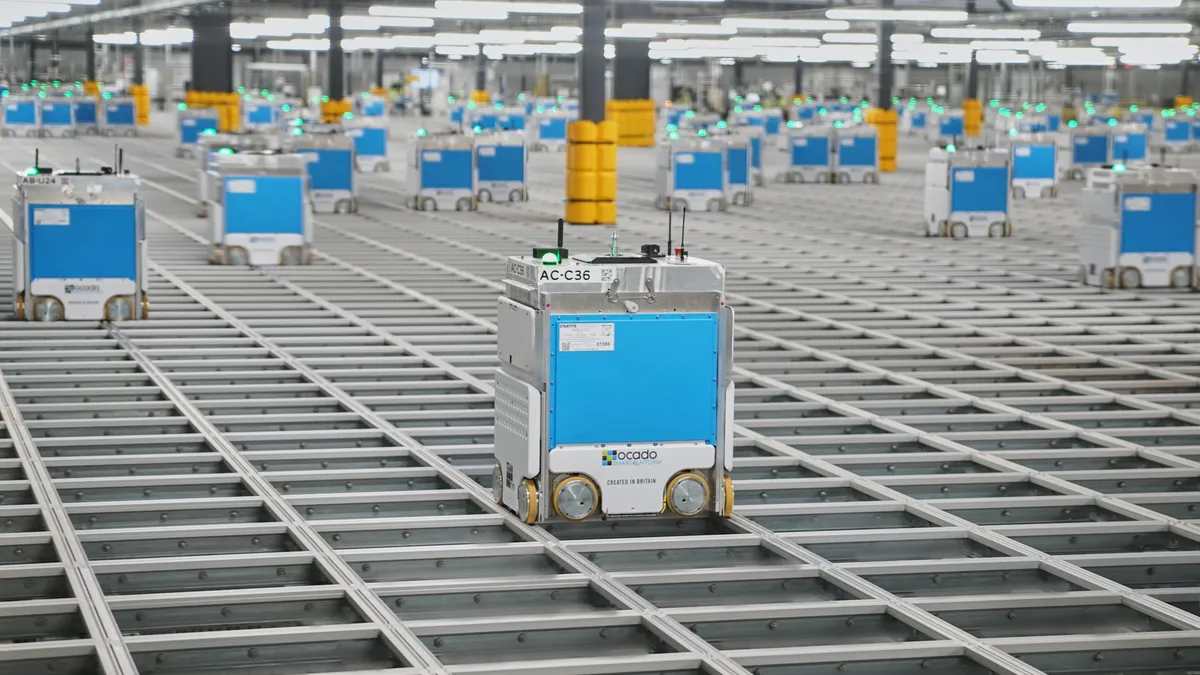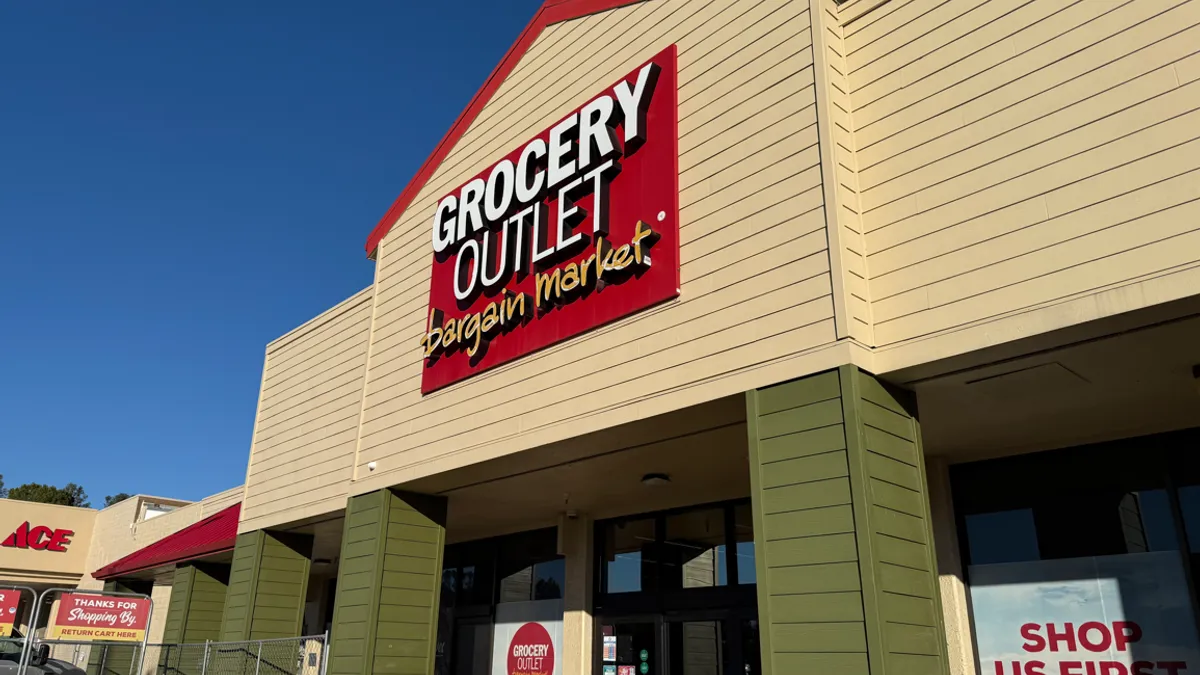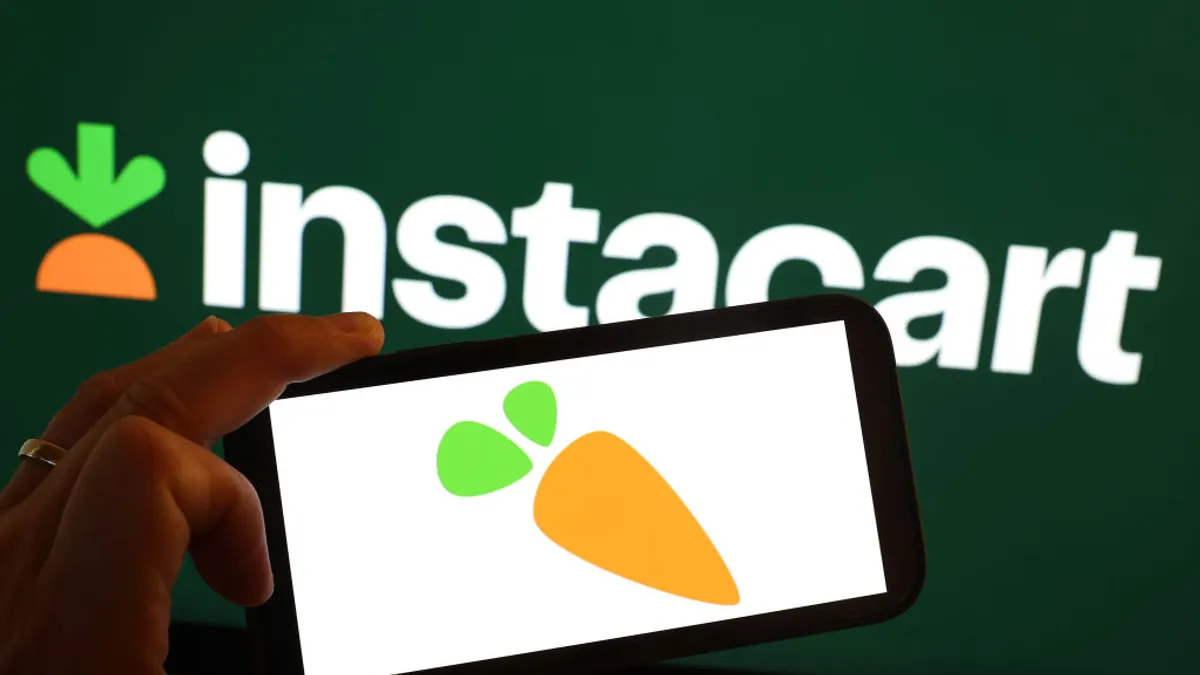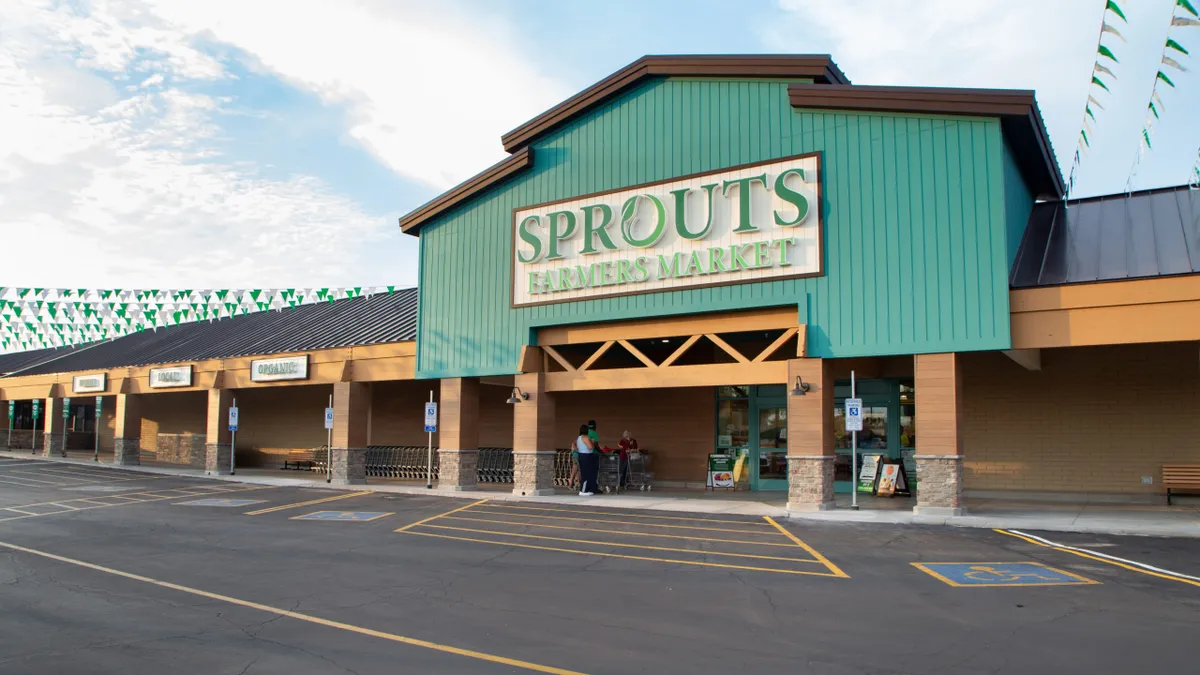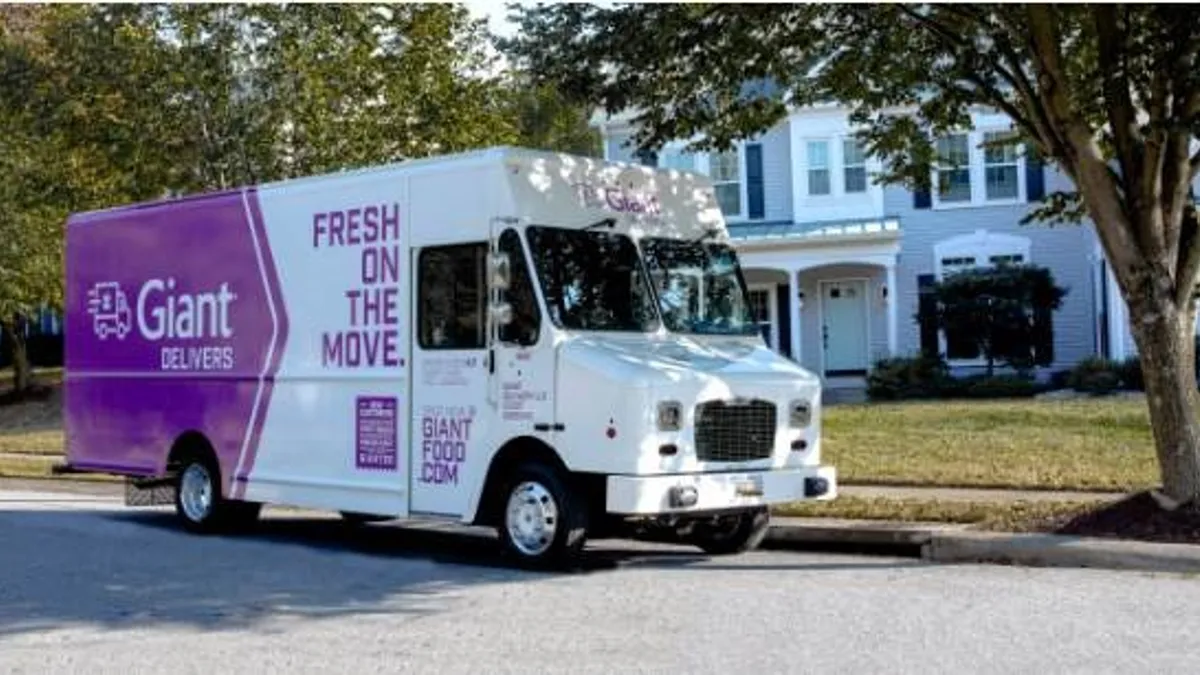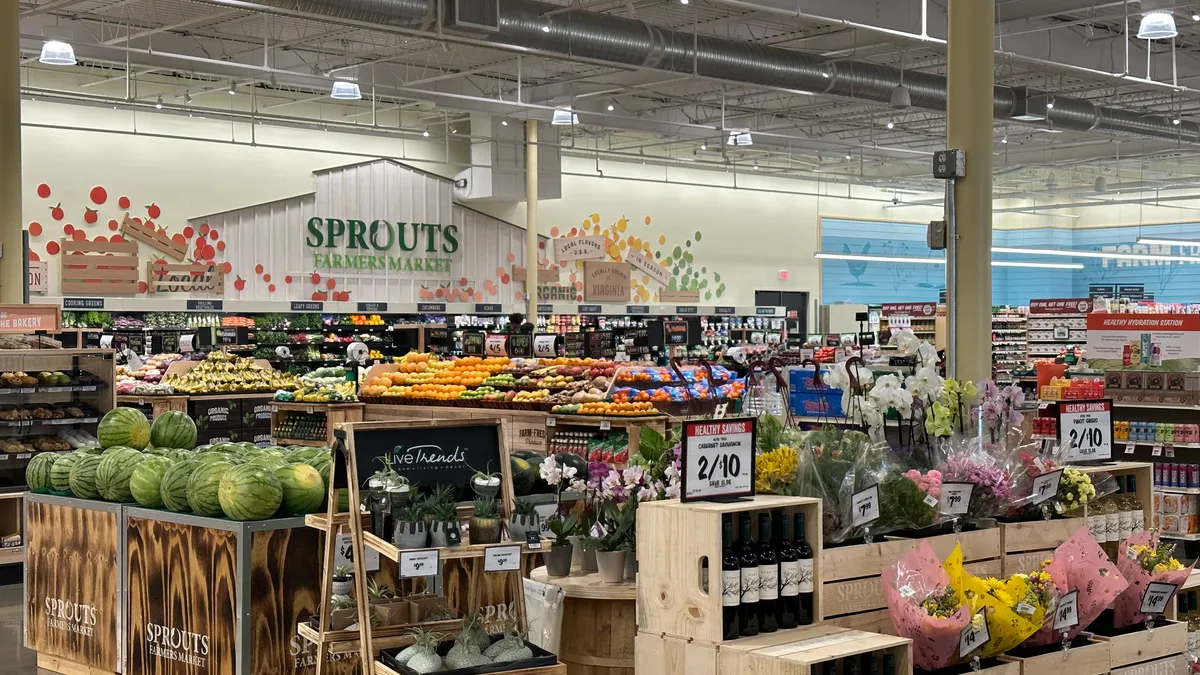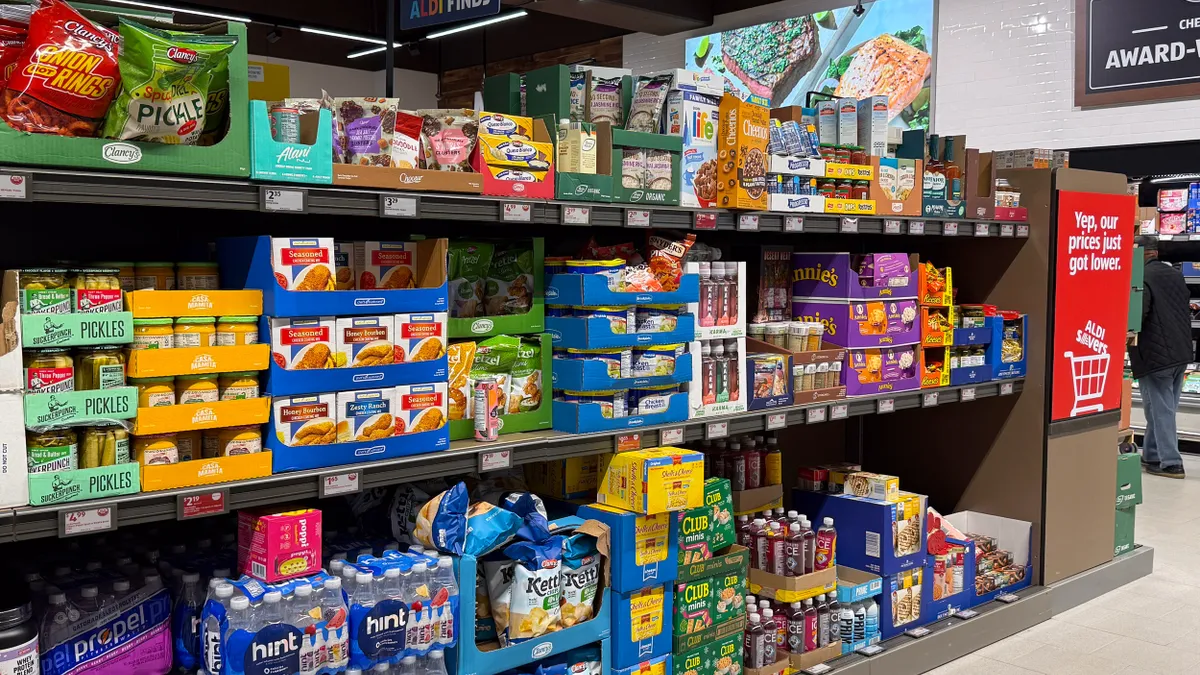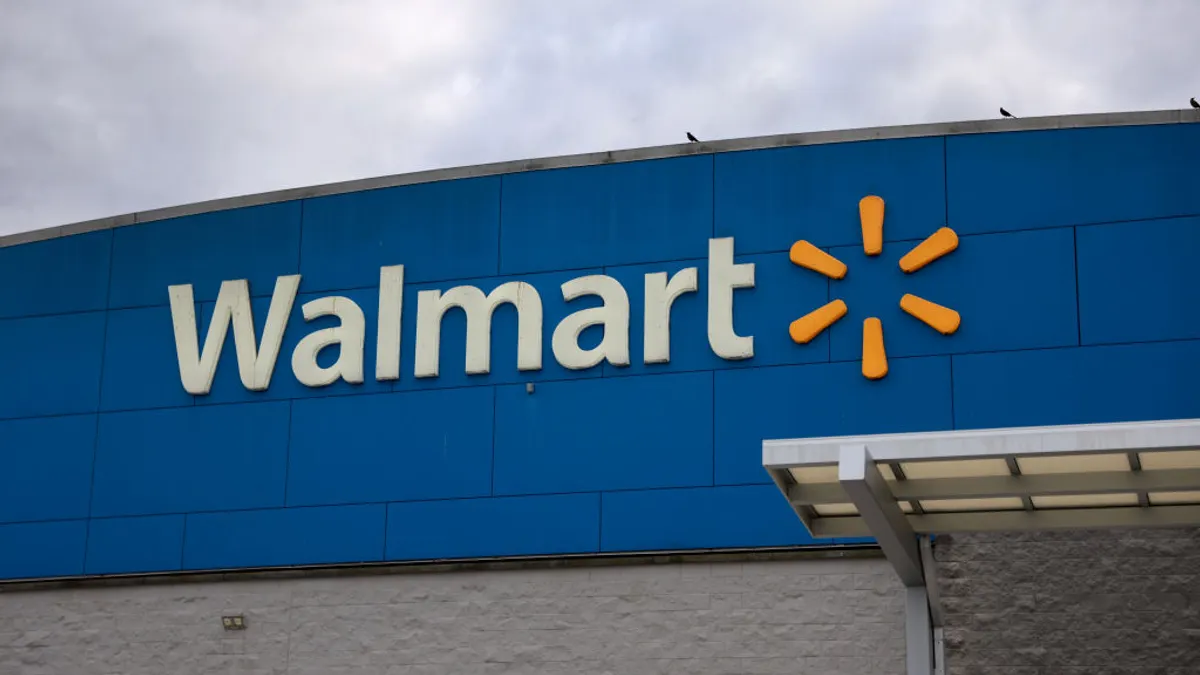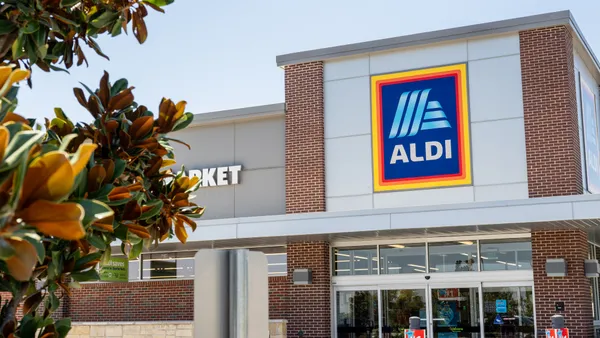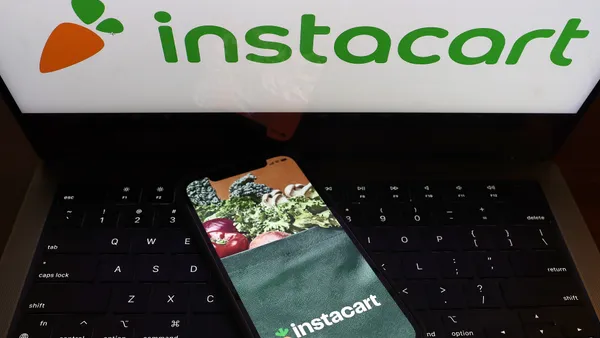The Friday Checkout is a weekly column providing more insight on the news, rounding up the announcements you may have missed and sharing what’s to come.
Distribution has been a hot-button issue for the grocery industry this year, with United Natural Foods, Inc.’s cybersecurity attack taking center stage along with C&S Wholesale Grocers’ recent bid to acquire SpartanNash.
With all eyes on the food supply chain, grocers’ efforts to build out self-distribution networks couldn’t be more timely.
Self-distribution was a major talking point during Sprouts Farmers Market’s second quarter earnings call earlier this week. Though UNFI’s near shutdown was “minimally disruptive” to the fast-growing specialty grocer, according to CEO Jack Sinclair, its expanding self-distribution network is looking more and more appealing these days. It will enable the specialty grocer to have “more control over [its] supply chain while minimizing operations and supply chain risks,” Sinclair told investors.
Sprouts runs a network of distribution centers across its operating footprint, with around 80% of its stores located within 250 miles of one. The grocer has a new DC set to open in Northern California next year. It’s also bringing its fresh meat and seafood sourcing in-house, according to an April investor presentation.
“We’re going through a transition period,” Sinclair said about the ongoing efforts to establish a more self-sufficient supply chain. He added that Sprouts will continue to take over distribution of “key product categories.”
Sprouts is far from the first food retailer to turn to self-distribution. Ahold Delhaize US, for example, has ADUSA Distribution as well as ADUSA Transportation to serve all of its stateside banners. This self-distribution push began in 2019 and, as of 2023, included around two dozen facilities along the East Coast.
Walmart is also part of this trend. This year alone, the retailer opened its first owned-and-operated case-ready beef facility, purchased a distribution center in Utah and debuted a Sam’s Club distribution center in Florida.
Self-distribution is difficult to carry out for smaller, independent grocers that lack the resources to build and operate supply facilities. But for larger retailers, it can help save money and avoid catastrophe if third-party distributors can’t deliver.
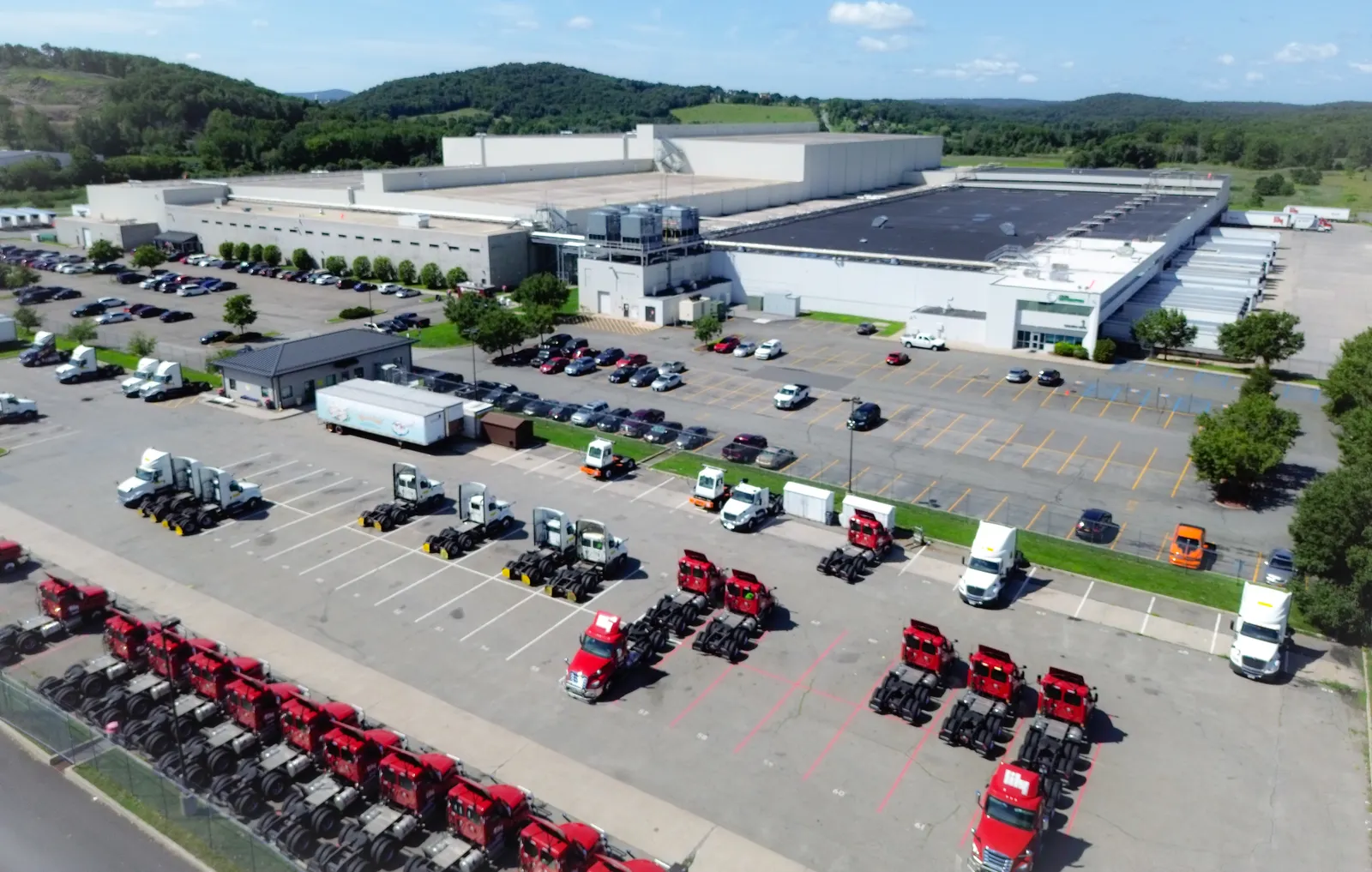
In case you missed it
FMI rolls out SNAP resource for its members
FMI – The Food Industry Association announced Thursday it has created a resource for its members to track state policies relating to waivers that restrict certain foods from SNAP eligibility. The page provides individual food definitions for states that have received waivers as well as state communication strategies, implementation timelines and a state-by-state comparison showing how “candy” is defined. The trade group said it will keep the resource updated as information becomes available.
DoorDash bolsters its grocery presence
The e-commerce provider announced Tuesday the addition of six retailers to its platform. The newcomers include Bi-Rite Market and Lunardi’s Markets in the San Francisco Bay Area, Superior Grocers in California and three grocers in Ohio: Dave’s Markets, Dorothy Lane Market and Lucky’s Markets.
Whole Foods takes on “biodiversity highway initiative”
On Tuesday, Whole Foods Market unveiled a partnership with Mad Agriculture to launch a national initiative aimed at reconstructing native ecosystems across farmland in the U.S. The program, which will begin in and around the Lowery Creek Watershed in Wisconsin, aims to buffer communities from flooding and erosion, improve soil and water health, and support pollinators and wildlife.
Whole Foods said the creation of a 1,000-acre “biodiversity highway” will address issues such as disappearing biodiversity, declining soil health and weakening ability of land to withstand environmental stress. As part of the initiative, the Amazon-owned grocer has pledged up to $500,000 in matching funds to “catalyze $1 million in collective investment from food system stakeholders in 2025.”
Impulse find
Stop & Shop makes a ‘Happy’ cameo
Netflix’s hit movie “Happy Gilmore 2” features a laundry list of star cameos, including Ben Stiller, rapper Eminem, NFL player Travis Kelce and pro golfers Scottie Scheffler and Rory McIlroy.
And then there’s our personal favorite: Stop & Shop.
The Northeast grocery chain’s Clifton, New Jersey, store plays a key role early on in the film. Happy Gilmore, played by Adam Sandler, is shown working in the store’s produce department when a pesky customer starts prodding him about playing professional golf again. (Spoiler alert: Happy doesn’t let the pestering go unpunished.)
“We’re grateful to be part of such a culturally relevant moment — and excited for viewers to spot our aisles in this laugh-out-loud sequel,” Stop & Shop said in a LinkedIn update.
The star turn will, no doubt, raise awareness of the grocer’s brand. “Happy Gilmore 2” garnered 46.7 million views in its first three days on Netflix, according to Variety, marking the best opening performance ever for a Netflix film.

